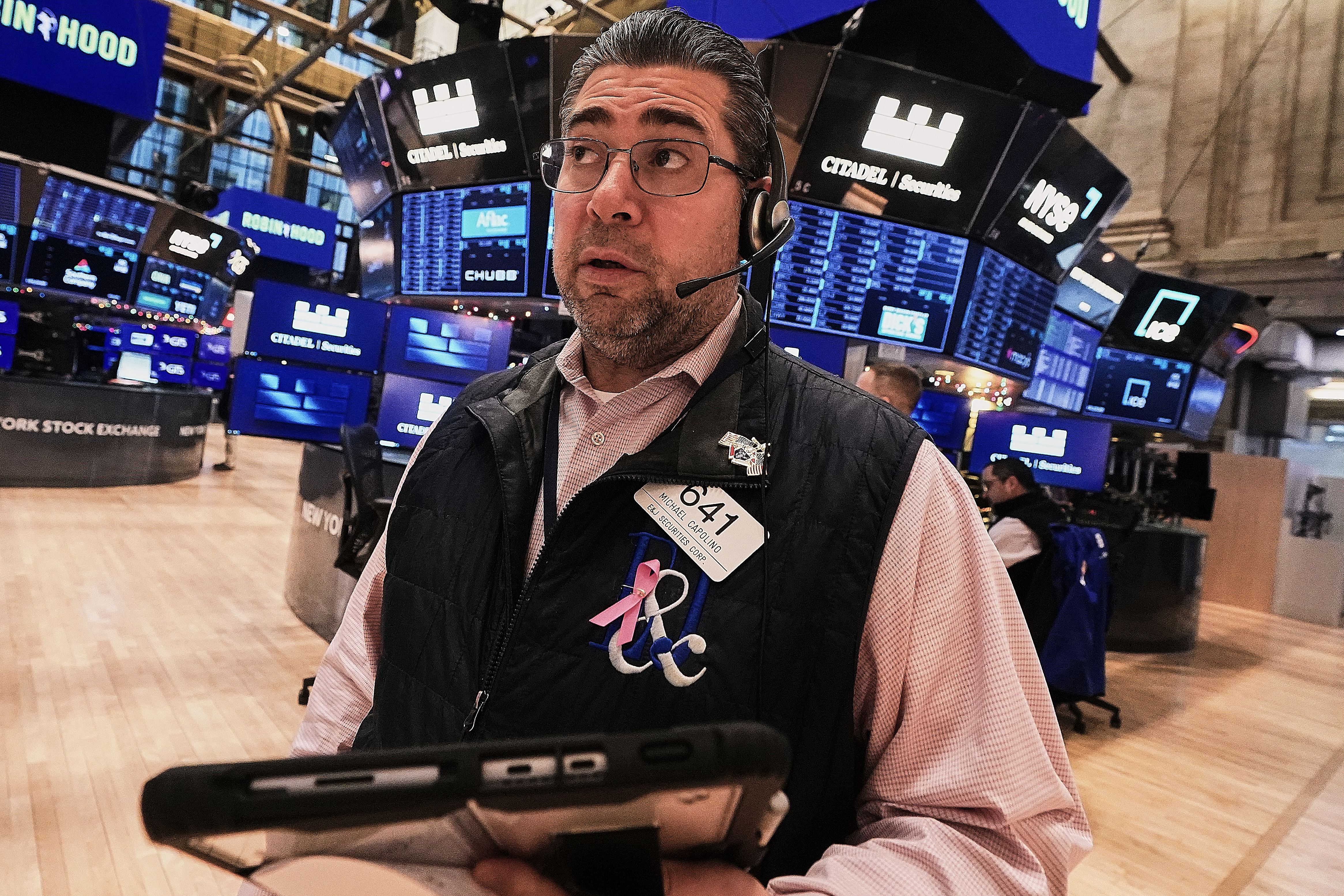For Chang Lee, Chuseok is all about the family. Chuseok is the Mid-Autumn Festival for Lee, who is Korean American and president of the Korean American Association of New Jersey.
“They call it Korean Thanksgiving,” Lee said.
The festival — celebrated on the 15th day of the eighth month on the lunar calendar, this year Sept. 29 — is an eight-day holiday in East Asian culture. It is a time to give thanks for the fall harvest and to spend time with family.
Countries such as China, Taiwan, Japan, Vietnam, Malaysia and Thailand all celebrate the Mid-Autumn Festival wishing for harmony and prosperity. Here in the United States, Asian American communities host events throughout the fall season.
While family and harvest are celebrated during mid-autumn, the star of the holiday season is the mooncake. It’s not just a singular style of mooncake. Each country and region boast its own distinct flavor when it comes to the autumn treat. Mooncakes are pastries, either sweet or savory. They are round, square or even moon-shaped.
The songpyeon is a Korean mooncake shaped in a small half-moon, stuffed with sweet fillings such as sesame seeds. They are traditionally steamed on a bed of pine needles, as the name "song" in Korean means pine tree.
In China and in Chinese American communities, mooncakes vary by region. Beijing-style, served in northern China, is dense and sweet. The Shanghai-style cake is savory and filled with pork, with a pastry crust. The Cantonese-style is a blend of savory and sweet, with salted double yolks and lotus paste, and is the most common style served at restaurants and festivals. Because the Cantonese cakes are rich and dense, they are usually cut into quarters before serving. The tradition is to snack on them while sipping tea and gazing up at the moon. Many styles of mooncakes have one or two salty duck egg yolks inside them to symbolize the moon.
Making mooncake is an elaborate process that most home cooks do not take on. But Nancy Loo, foodie founder of EAT, Essex Asian Table in New Jersey, makes homemade mooncakes as a labor of love. She made 45 mooncakes for a festival with four different flavors last autumn, starting two weeks beforehand. Many of the ingredients need to be aged, Loo explained. The golden syrup has to sit a few days and the filling takes about a week. After the mooncakes are baked, they need a few days to age before they’re edible, Loo said.

Why Lunar New Year is the most important holiday for East Asians
As New York becomes the first state to recognize Lunar New Year as an official school holiday, a Chinese American family reflects on its importance.
Loo recalls that when she was a child, mooncakes were eaten during the Mid-Autumn Festival.
“It’s part of my heritage, both cultural and familial, as a Chinese American," Loo said.
Her family would go to Chinatown in New York City to buy the mooncakes. Since most were imported, the cakes were a few months old. Being a food aficionado, Loo decided to make her own.
Mooncakes are given as gifts and in the early fall season, much like Americans gift fruit cakes during the holidays. In the U.S., you can find mooncakes at Chinese supermarkets and online at Amazon. Some Chinese restaurants offer the treats during this time of the year. Most mooncakes may be purchased in the $30 to $70 range in Asian super markets or online. But there is a market for luxury mooncakes, as they are given as gifts.
Business people in Asia and America often present mooncakes to their clients as gifts, which fuels a demand for high-end mooncakes.
Singapore confectionary shop Golden Moments offered a $655 box of mooncakes in 2020, according to Lifestyle Asia. The delicacies were covered in gold, with five layers of 24K gold foil. Malaysian bakery Leong Yin Pastry sold a mooncake for $926 in 2017. The mooncake was made with premium ingredients like ginseng, bird nest and 24K gold flakes. Mooncakes are served at mid-autumn festivals around the world. Lee is preparing for the Korean Festival in New Jersey Oct. 28, to celebrate Chuseok with Korean mooncakes, and culture such as K-Pop performances and dances.
“It’s thinking about how Koreans celebrate,” Lee said.










